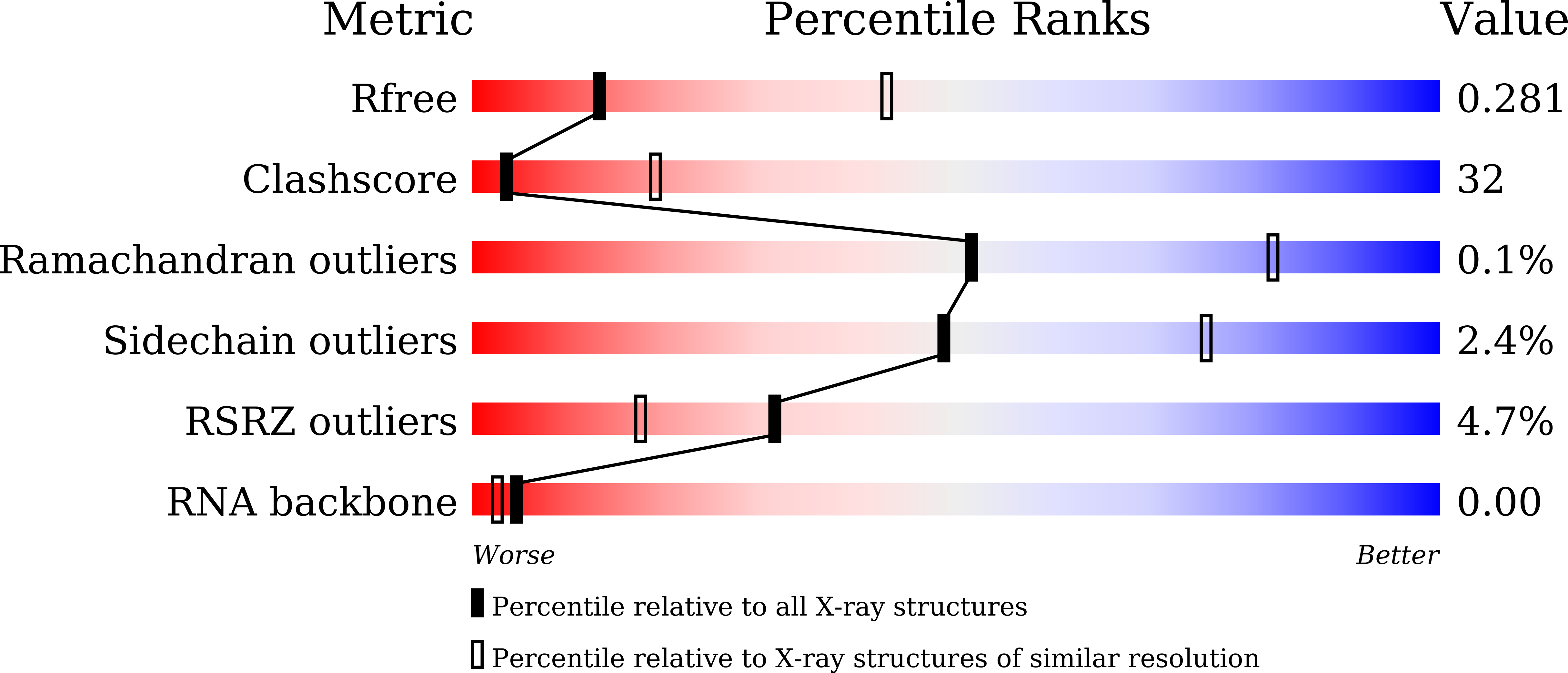
Deposition Date
2024-02-04
Release Date
2024-07-17
Last Version Date
2024-10-09
Entry Detail
PDB ID:
8Y7G
Keywords:
Title:
Crystal structure of the Marinitoga sp. Csx1-Crn2 H495A mutant in complex with cyclic-tetraadenylate (cA4)
Biological Source:
Source Organism:
Marinitoga sp. 1155 (Taxon ID: 1428448)
Host Organism:
Method Details:
Experimental Method:
Resolution:
3.15 Å
R-Value Free:
0.28
R-Value Work:
0.21
R-Value Observed:
0.21
Space Group:
P 21 21 2


